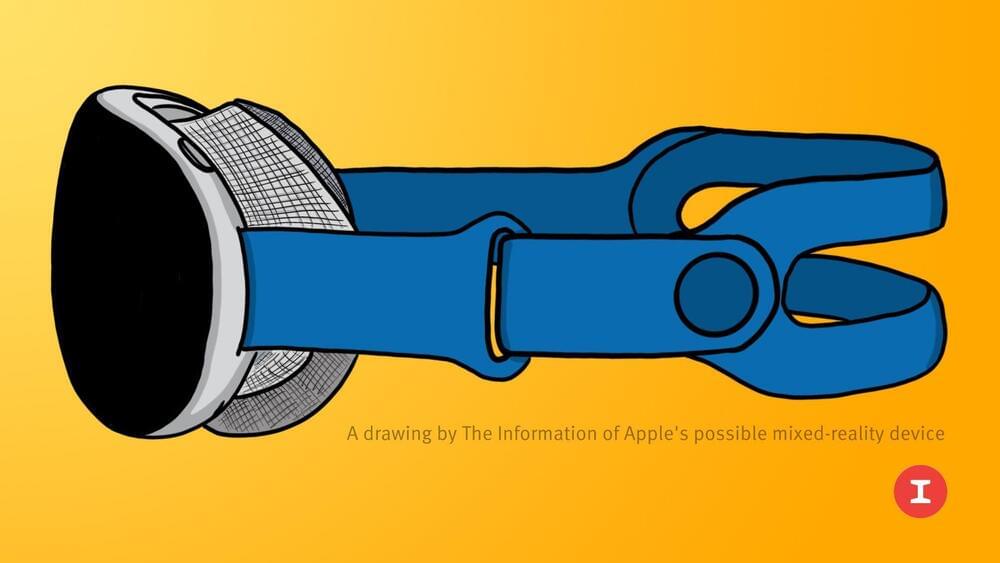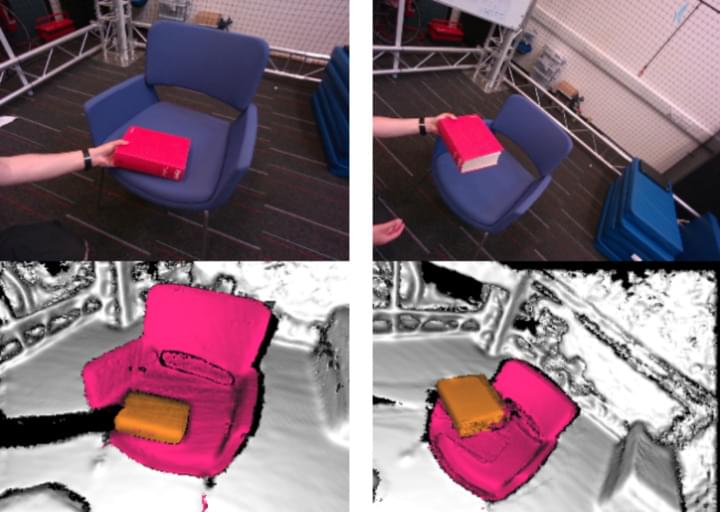This performative talk comes from the speaker’s personal experience as an artist scholar and outside insider who travels between the US and China for dance production and research.
Dr. Fangfei Miao is an Assistant Professor of Dance in the School of Music at U-M. She is also an accomplished international dance scholar, choreographer, and dancer. Her current research on dance and Asian studies has led to her book project that focuses on historical “errors” in cross-cultural dance transmissions in Reform Era China (1978-present). She has toured internationally and staged her experimental choreography in New York City, Los Angeles, Auckland, and Beijing. Miao previously received her PhD in Culture and Performance (2019) from UCLA, MFA in Choreography (2011) and BA in Dance History and Theory (2008) from the Beijing Dance Academy, China’s premier dance conservatory. This talk was given at a TEDx event using the TED conference format but independently organized by a local community.






